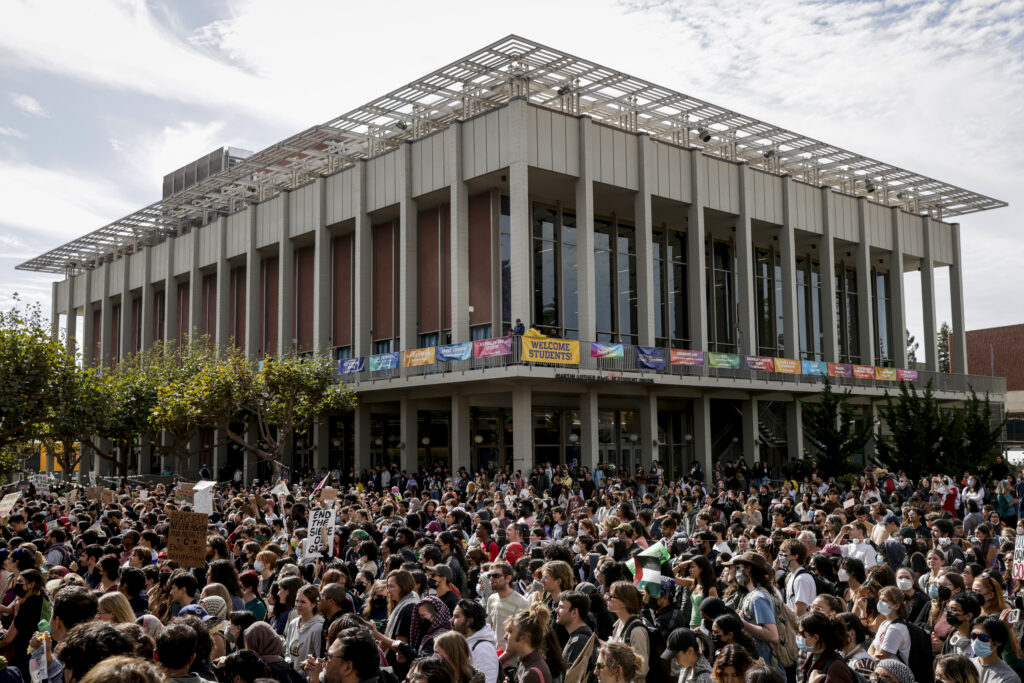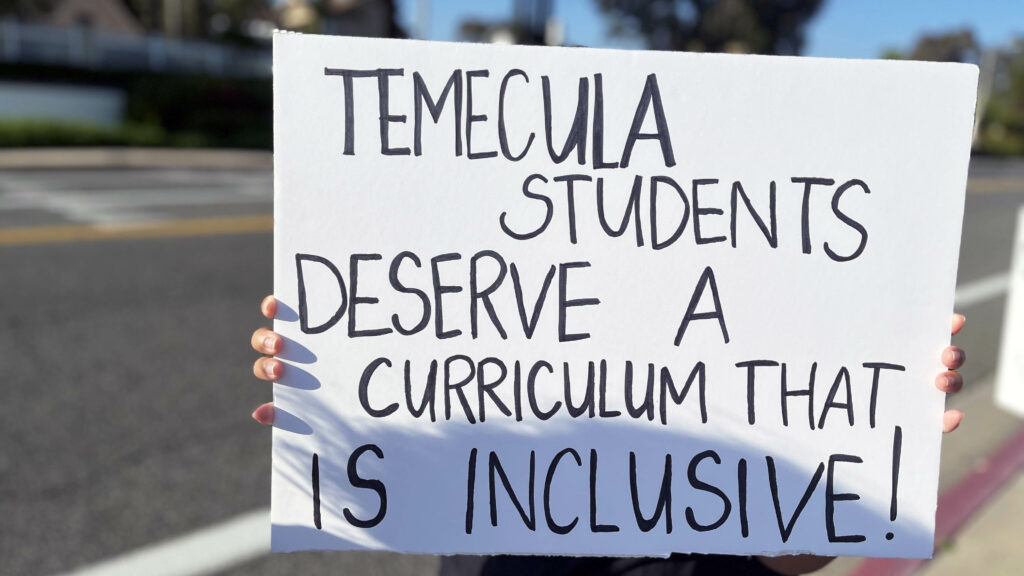Thom Hartmann is outraged. Trump proclaimed that he would issue an executive order banning mail-in voting. Why? Because Putin told him that mail-in voting caused him to lose the 2020 election. Republicans know that they will lose control of the House and possibly the Senate unless they can suppress the vote or redistrict, as they are in Texas, drawing lines that squeeze out Democrats.
Hartmann wrote:
Yesterday, Donald Trump crossed another line that no president in our history has ever dared p to touch. With the echo of Vladimir Putin’s whisper in his ear, in front of President Zelenskyy and seven other European leaders, Trump announced he’s preparing an executive order to ban mail-in ballots and even outlaw voting machines across America ahead of the 2026 midterm elections.
Sitting in front of the Chancellor of Germany and the Prime Minister of Great Britain, — both nations that allow and even encourage mail-in voting — Trump said:
“Mail-in ballots are corrupt mail-in ballots. You can never have a real democracy with mail-in ballots, and we as a Republican Party are gonna do everything possible that we get rid of mail-in ballots. We’re gonna start with an executive order that’s being written right now by the best lawyers in the country to end mail-in ballots because they’re corrupt. And, you know that we’re the only country in the world, I believe, I may be wrong, but just about the only country in the world that uses it because of what’s happened.”
This is not just a partisan maneuver. It’s an open assault on the Constitution, a grotesque power grab, and a direct threat to the foundation of democracy itself. And it’s happening in real time, in broad daylight, with a criminally compliant Republican Party cheering him on.
Republicans hate mail-in voting for multiple reasons.
First, for people who’re paid by the hour, mail-in voting increases participation because they can fill out their ballots at the kitchen table after work. Republicans don’t want people to vote, and have introduced over 400 pieces of legislation in the past three years nationwide to make voting more difficult.
Second, mail-in voting makes voters better informed and less vulnerable to sound-byte TV ads because, while perusing that ballot at the kitchen table, they can look up candidates on their laptops and get more detail and information. Republicans hate informed voters and rely heavily on often-dishonest advertisements to swing voters.
Third, mail-in ballots — because they arrive in the mail weeks before the election — give voters an early chance to discover if they’ve been the victim of Republican voter-roll purges, one of their favorite tactics to pre-rig elections.
Fourth, mail-in ballots end the GOP trick of understaffing and underresourcing polling places in minority neighborhoods, leading to hours-long lines. Hispanic voters generally wait 150% longer than white voters, and Black voters must endure a 200% longer wait; mail-in ballots put an end to this favorite of the GOP’s voter suppression efforts.
Trump, knowing all this, couldn’t help himself yesterday, finally blurting out his real reason for wanting to end mail-in voting in America:
“We got to stop mail-in voting, and the Republicans have to lead the charge. The Democrats want it because they have horrible policy,” Trump proclaimed. “If you [don’t] have mail-in voting, you’re not gonna have many Democrats get elected. That’s bigger than anything having to do with redistricting, believe me.”
Once again, Trump is ignoring the law and the Constitution, which explicitly delegates the administration of elections to the states and Congress, not presidential executive orders.
That’s not some vague norm or debatable tradition: it’s written into the very DNA of our system of government. States set the rules, unless Congress — not the president — overrides them. States decide how their citizens vote, as the Constitution’s Article I, Section 4, Clause 1 dictates:
“The Times, Places and Manner of holding Elections for Senators and Representatives, shall be prescribed in each State by the Legislature thereof; but the Congress may at any time by Law make or alter such Regulations, except as to the Places of chusing Senators.”
Yet here we have a president declaring that he alone will dictate the terms of elections nationwide, in direct violation of two centuries of law and precedent. This is not only unconstitutional, it’s tyrannical.
When a president asserts powers he does not have, with the full knowledge that they aren’t his to wield, he’s announcing to the country that the rule of law no longer constrains him. That’s the definition of dictatorship.
And what makes this even more obscene is the source of Trump’s inspiration. According to multiple reports, Trump’s sudden rant on mail-in ballots followed a private conversation with Vladimir Putin, who reportedly told him that mail-in voting was the reason he lost in 2020.
The man occupying the Oval Office is now taking advice about how to rig American elections from the very dictator who has spent his career poisoning journalists, jailing opponents, and staging sham referendums to annex entire countries.
It’s bad enough that Trump has always been Putin’s toady, but now we see the Kremlin effectively writing U.S. election law. If Jefferson, Madison, or Lincoln were alive to hear this, they would spit.
Mail-in voting is not a scam. It’s not a trick. It’s how tens of millions of Americans — Republicans, Democrats, independents — exercise their right to vote.
Seniors rely on it. People with disabilities rely on it. Military service members overseas rely on it. Hourly workers who can’t take a day off rely on it. Parents with young children rely on it. Rural voters, who often live miles from polling places, rely on it.
And every study, every audit, every bipartisan commission has found mail-in voting to be secure, safe, and reliable. Five states do it exclusively; we’ve had it more than two decades here in Oregon with nary a single scandal or problem. To call it fraudulent is a lie. To ban it is voter suppression on a scale this country has never seen.
And voting machines? Trump is openly declaring that he’ll return us to mind-numbingly slow hand-counting of ballots, a tactic straight from the authoritarian playbook designed to create chaos, delays, and endless opportunities to dispute the results in 2026 and 2028.
I’ve had concerns about voting machines and Windows-based tabulators for decades, but my solution isn’t to end them. Instead, we should use machines owned by the government itself, generating paper ballots and operating transparently on open-source software with every election subject to sample audits.
Instead of trying to make elections more secure, Trump’s laying the groundwork for election theft in plain sight. This isn’t subtle: it’s the loud declaration of a man preparing to overturn the will of the voters, with the blessing of a foreign adversary, and with a Republican Party too craven to object.
If Trump succeeds in outlawing mail-in ballots and voting machines, millions of Americans will simply not be able to vote. Seniors in nursing homes, service members abroad, people with disabilities, single parents, rural citizens: they will all be disenfranchised overnight. And make no mistake: that’s the point.
This is not about integrity. This is not about security. This is about shrinking the electorate to a size that Republicans believe will guarantee them victory forever.
Republicans know they can’t win free and fair elections in much of America. They know their policies are unpopular. They know their agenda is toxic.
So they cheat. They gerrymander districts into grotesque shapes that make a mockery of representative government. They purge voters from the rolls. They criminalize voter registration drives. They intimidate voters at the polls.
And now, at Trump’s command and Putin’s urging, they want to ban the very methods by which millions of Americans vote. This is not politics as usual. This is the slow-motion strangulation of democracy.
Every American who believes in self-government must rise up against this. Governors must prepare to defy such an executive order in court and in practice. State legislatures must assert their constitutional authority.
Attorneys general must be ready to sue. And ordinary citizens must take to the streets, the phones, the ballot box, and every civic space available to declare that this will not stand. Because if it does, we’ll have surrendered the very essence of the American experiment.
We’ve been here before in spirit if not in form.
Reagan’s campaign cut a deal with the Iranian Ayatollahs to hang onto the hostages until after the election. Richard Nixon tried to sabotage our democracy by killing LBJ’s peace negotiations with Vietnam and followed-up with burglaries and cover-ups when he thought Democrats were onto him. He was forced to resign. George W. Bush and the GOP stopped the counting of votes in Florida and handed the presidency to themselves. That assault has scarred our politics for decades.
But never — not once in 250 years — has a president openly declared that he will strip states of their constitutional right to run elections, end mail-in voting, and ban voting machines altogether. This is unprecedented, authoritarian, and it must be stopped.
It’s also just one in a broad spectrum of attacks Republicans have launched against your right to vote, with the SAVE Act — which will prevent women from voting if their birth certificate and drivers’ license have different names on them and they’ve never had an official change-of-name in the courts — teed up in the US Senate. All while millions are being purged from the voting rolls as you read these words.
This is the moment when the American people must decide whether they still believe in democracy. If we shrug, if we accept this as just more noise from a corrupt and broken con man, we will lose it. If we wait for someone else to act, we will lose it. If we tell ourselves the courts will save us, we may be bitterly disappointed.
The survival of democracy has never been guaranteed. It has always required vigilance, courage, and action. Now it requires all three from each of us.
Trump’s promised executive order is not just a legal maneuver. It’s a declaration of war against the American people. It’s the dream of every tyrant: to control who votes and who does not, to dictate the rules of elections so that the outcome is predetermined.
What Putin and Trump are proposing is not democracy. It’s not freedom. It’s not America.
And the Republicans who are enabling this treachery are as guilty as Trump himself. They’re betraying their oaths, their constituents, and our country. History will remember them not as conservatives or patriots, but as the gravediggers of our Republic.
This is the line. This is the moment. We cannot let Trump and his cronies bulldoze democracy into the ground at Putin’s command. Every patriot, every progressive, every independent, every honest conservative who still believes in the Constitution must join together and say no.
No to dictatorship. No to disenfranchisement. No to treason.
If we fail now, there may not be another chance.








